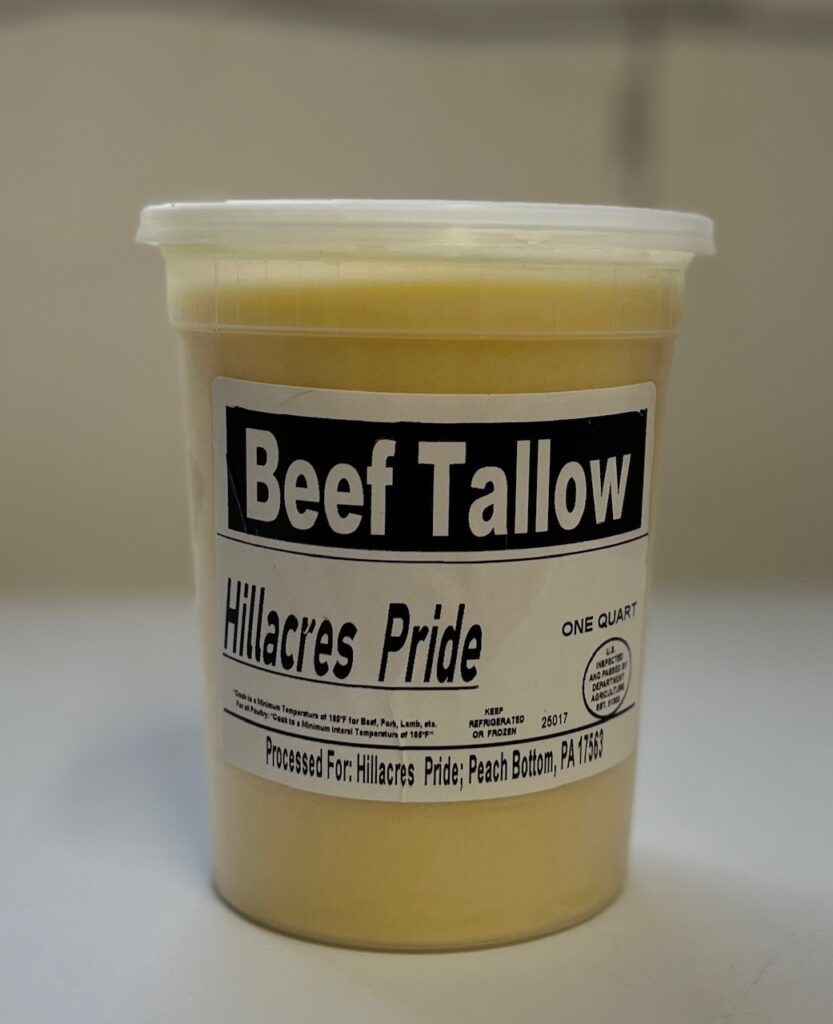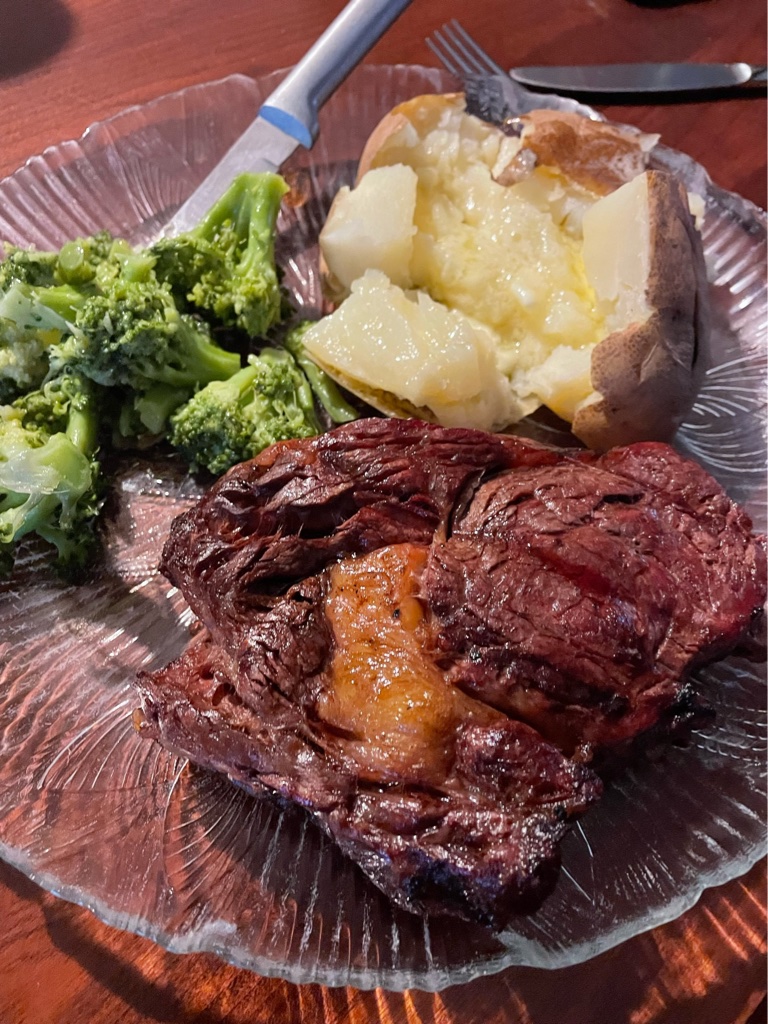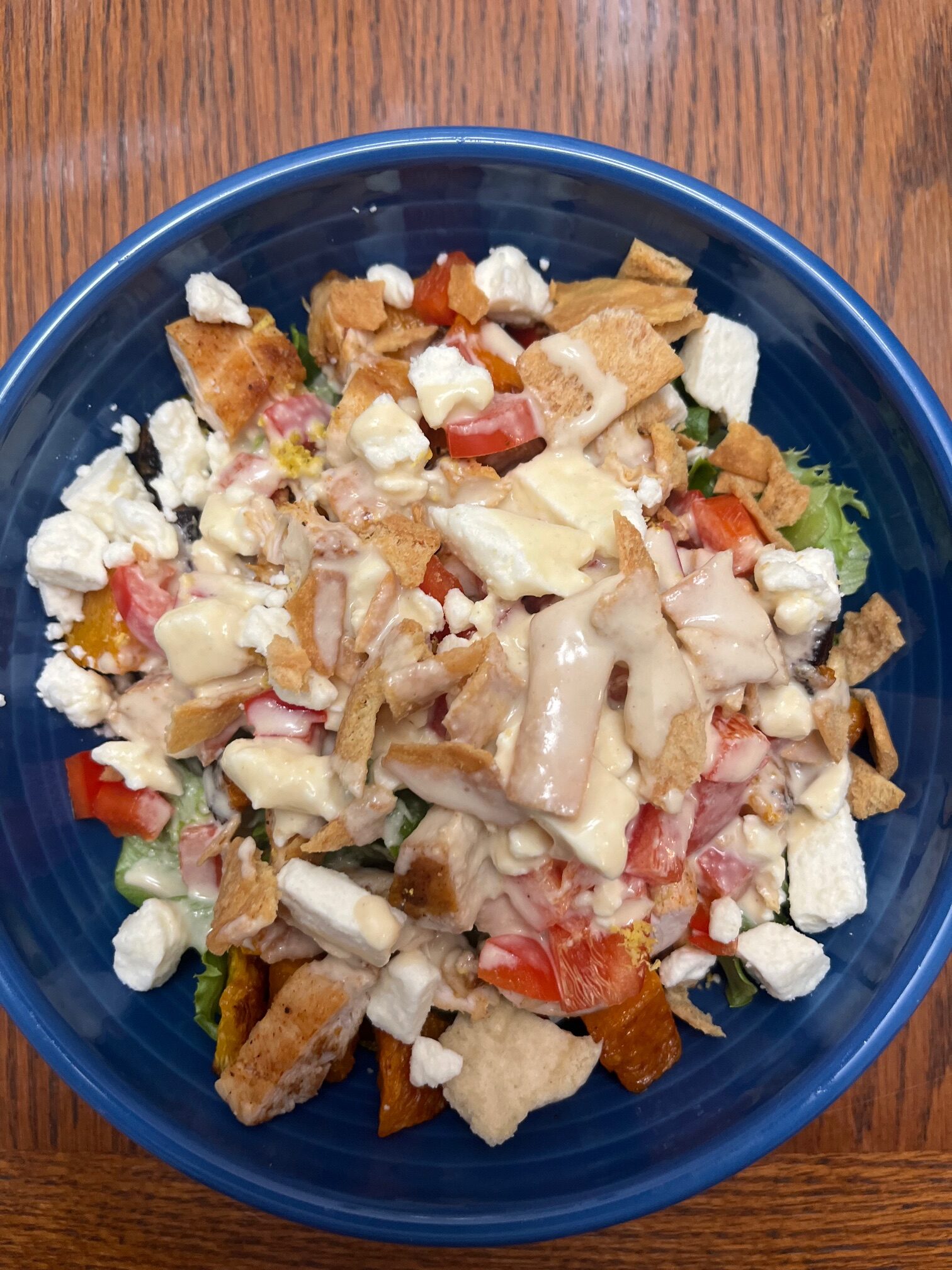Just like the hair styles and the clothing trends of my 80’s youth have come back in style, some old fashioned cooking ingredients and recipes are coming back in style too. Cottage cheese, molasses, organ meats, fermented foods, and animal fats have seen a return to popularity recently as new studies have shown their benefits.
Lard has been a staple at our farmers markets for the last couple of years with more customers appreciating the natural fat that is minimally processed and heat stable.Tom’s mother always had a jar of lard in the refrigerator for making her flaky pie crusts. She and many of her farm friends had perfected the craft and they swear there is no substitute. Lard is also great for pan frying, roasting, or seasoning your cast iron cookware.
Lard is pig fat that has been cooked down, or rendered. The fat is plentiful when processing pigs because of the fat that is under their skin. Since pigs do not have much hair, they rely on the fat to insulate and protect their body.
For the past few months we have been getting inquiries about beef tallow as it rises in popularity as well. We have found a USDA licensed processor with the know-how to make tallow for us! We are excited that we will now be offering it in quart size tubs at our farmers markets.
What is Tallow?
Tallow is rendered fat from ruminant animals, Ruminants are animals that chew their cud and include cows, sheep, goats, buffalo, and deer. The fat used to make tallow comes primarily from around the internal organs. The prime fat is called leaf fat or suet, which comes from around the kidneys. This is the fat that has recently been prized by the skin care industry. For cooking, all of the fat around the organs is perfect for making tallow. Tallow is solid at room temperature and melts when heated.
What are the benefits of tallow?
Tallow is primarily made up of saturated fats. The liquid fats, such as olive, peanut, and canola oil are made of unsaturated fats. When unsaturated fats are heated to higher temperatures, they are prone to oxidation. Oxidation can cause the formation of harmful compounds, such as carcinogens. Tallow has also been shown to be a good source of stearic acid which may not raise cholesterol in the same way as some other saturated fats.
Tallow is an excellent natural source of the fat soluble vitamins A, D, E, and K. These fat soluble vitamins play an important role in vital bodily functions such as immune support, bone and skin health, and cellular functions. Beef tallow is also an powerful source of Choline, which is needed by the brain and nervous system to regulate mood, support memory and muscle control, and protect the liver.
Tallow has a rich flavor that adds to the flavor profile for pot pies, steaks, and vegetables.
What to cook with tallow
Tallow is excellent for any high heat cooking. It is perfect for frying and one of the most popular trends for tallow is making french fries. Since tallow has such a high smoke point, it makes delicious crispy fries.
One of the biggest changes I see in cooking now as compared to when I was younger is in vegetable preparation. We used to boil everything and I did not enjoy a lot of the vegetables boiled. Now we roast a lot of vegetables and using tallow adds a rich flavor to potatoes, cauliflower, brussel sprouts, and green beans.
Experts agree that tallow can replace butter or shortening without any quantity alteration. With this in mind, a few other great uses include cooking eggs, sauteing vegetables, searing steaks, and making a roux.
These tallow tortillas are great to level up your taco night: https://www.homesicktexan.com/tallow-flour-tortillas/
This is a great recipe to get familiar with making steaks in tallow: https://overthefirecooking.com/steak-in-beef-tallow/#wprm-recipe-container-19437
How to store tallow
Many experts suggest that tallow can be stored in an airtight container at room temperature for up to one year. We like to keep a small amount out for quick use, similar to how we have a stick of butter. However, to preserve the life of the tallow, we often keep it in the refrigerator. For our market customers we sell the tallow frozen since it is not canned after processing.
Tallow vs Lard
As we mentioned earlier, lard comes from pigs and tallow is from cows. The two are interchangeable in many cases such as sauteing and roasting. For sweet applications, lard is more often recommended as some say that the lard has a more neutral flavor. For high temperature frying or searing tallow may be a better choice.
Lard is generally quite white, but tallow is a bit more yellow. Our tallow is quite yellow as it is made with the fat from our jersey steers. Jerseys have more carotene naturally. Carotene is also present in grass, and is the precursor for vitamin A. Vitamin A is a fat soluble vitamin so the fat carries the yellow hue.
Other than cooking, both tallow and lard have applications in making soap, seasoning cast iron, and making candles. Tallow is also currently very popular in the skin care arena.




